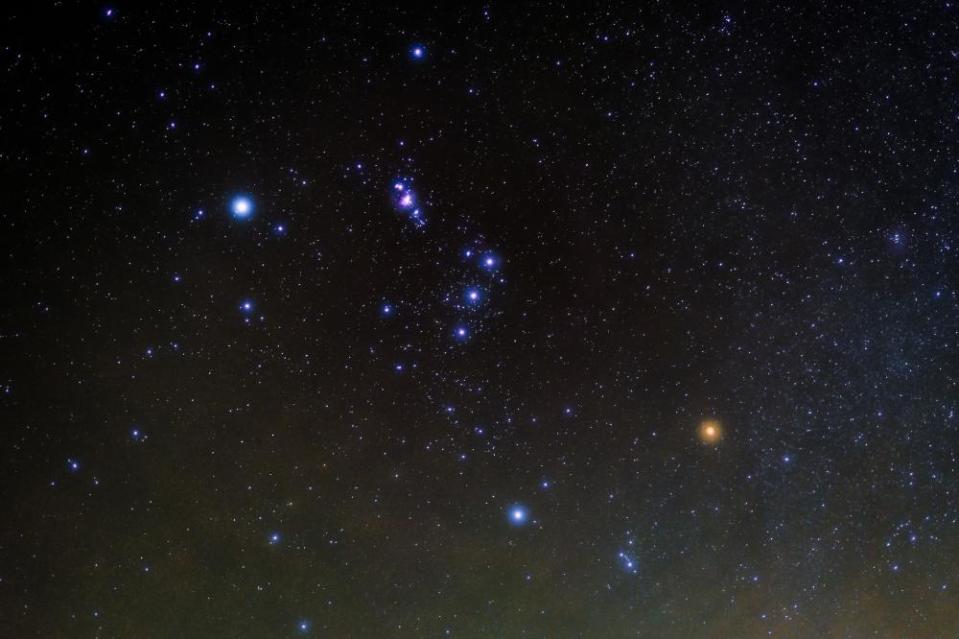A stargazers’ guide to getting the most out of a light-polluted city sky

How many stars can you see at night? The Campaign to Protect Rural England says only 2% of people who took part in its star census were able to experience a truly dark sky, defined as when more than 30 stars were visible. More than half failed to see 10 stars. Light pollution is a major challenge to stargazing in rural areas and more so in urban areas. So what can you do to see the most in a night sky?
Find a sheltered spot away from direct light
Robert Ince, co-founder of the website gostargazing.co.uk says there is little you can do about the glow emitted in cities, but you can avoid street lamps, and even pedestrians with phones. “Somebody standing next to you with a mobile will probably affect you more than the glow above the city,” says Ashley King, a planetary scientist at the Natural History Museum.
Give your eyes time to adjust
A few minutes will not suffice. “You can’t just go outside and look at the sky,” King says. Be patient. “Stand out there for 10 or even 20 minutes and suddenly you can see twice as many stars.”

An attainable target … The constellation of Orion.Photograph: Chasing Light - Photography by James Stone james-stone.com/Getty Images
Look for the brighter features
“Light pollution has the greatest effect on things that are faint,” says Ince. He only has to drive for 20 minutes from his home in Preston, Lancashire, and he can see the Milky Way. Planets “show up quite well in cities”, King explains. Jupiter, Saturn, Venus and Mars, for instance. “At the moment, you might see Mars low in the west, two or three hours after sunset,” Ince says. “With the naked eye, you’d see it as a reddish point of light.” Orion and the Plough are also attainable targets.
Look for higher ground
“If safe, the tops of buildings are always good,” King says. “Anywhere you can get high up.” This reduces the impact of light on your line of sight.
Watch out for the moon
Unless you want to look at it, a full moon is a source of light pollution. Check the dark sky calendar on gostargazing.co.uk or other astronomy websites and pick your night.
Related: Not so starry night: light pollution spoils the view for stargazers
Take equipment
Binoculars are a more accessible and portable investment than a telescope. Put a blanket over your head (but not the binoculars, of course), to block ambient light. Try a stargazing app such as SkyView Lite, or research the shapes of constellations. And remember that a total lack of expertise and knowledge also work well. As King says, “Looking at galaxies is such a crazy thing. The scales are so different to what you are used to. There’s a star that formed 10bn years ago, and I can see it. Everything comes from a star.”

 Yahoo News
Yahoo News 
